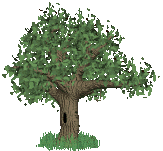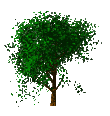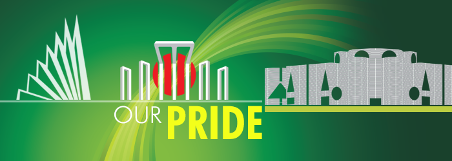

The National Memorial of Bangladesh
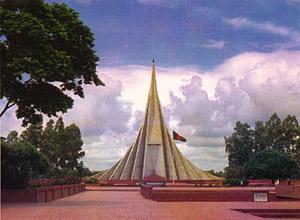
The National Memorial at Savar is a symbol of
the nation's respect for the martyrs of the war of Liberation. It is
built with Concrete, but made of blood. It stands 150 feet tall, but every
martyr it stands for stands so much taller. It is an achievement the dimensions
of which can be measured but it stands for an achievement which is
immeasurable. It stands upright for the millions of martyrs who laid their
lives so that we may stand upright, in honour and dignity, amongst the nations
of the world. Most prominently visible is the 150 feet tower that stands on a
base measuring 130 feet wide.
There is actually a series of 7 towers
that rise by stages to a height of 150 feet.
The foundation was laid on
the first anniversary of the Victory day. There is actually a plan to build a
huge complex in several phases. The entire complex will cover an area of 126
acres. The plan of this complex includes a mosque, a library and a museum. The
relics of the liberation war will be kept museum. They will ever remind our
countrymen and all who would come to visit the museum of the valiant struggle
and supreme sacrifices of a freedom loving people.
Here also will be clear warning to all oppressors that the weapons of freedom
need not be very big. The will of people prevails, for man is born to be free.
The most moving sight of the complex is the graves we bow down our heads in
respect, as they towards soar symbolizing the loftiness of their spirit.

National Monument for Language Movement Martyrs (Shaheed Minar)
It is located near the Dhaka Medical College in Dhaka, Bangladesh. the national monument known as Shaheed Minar, was established in memory of those who were killed during the 1952 Bengali Language Movement demonstrations. Set upon a fourteen foot high stage, the Shaheed Minar National Monument is constructed from columns of pure marble stone, with stairs and railings painted white and the fences on either side bearing lines of poetry penned by famous poets made out of iron letters. Two statues are placed at the entrance of the monument.
The Bengali Language Movement was formed as a political effort to advocate the recognition of the Bengali language as one of Pakistan’s official languages. At that time Bangladesh was East Pakistan and the Government of Pakistan had declared Urdu to be the sole national language, which the Bengali-speaking majority in the area objected to. In the face of rising sectarian tensions, the government put a ban on public meetings and rallies. Defying the ban, students of the University of Dhaka, along with other political activists, organized a protest to take place on 21 February 1952. Police opened fire on the protestors, resulting in dozens of deaths.
Two days later, students erected a makeshift monument at the site of the massacre in honor of those who had lost their lives. However, this was demolished soon after by the Pakistani police force. Rather than suppressing the Language Movement, the conflict seemed to spur it on, eventually leading to Bangla being given the same status as that of Urdu.
Bangladeshi sculptor, Hamidur Rahman, designed and built a replacement monument, which stood until the 1971 Bangladesh Liberation War. The monument was destroyed during the infamous "Operation Searchlight", in which the Pakistan Army attempted to curb the Bengali nationalist movement of East Pakistan, resulting in many deaths. However, following the granting of independence to Bangladesh the monument was rebuilt, and today serves as an important center of cultural activities in the city of Dhaka. The Language Movement martyrs are remembered at the Shaheed Minar every year.
The 21st February is a red letter day in our national and international life. For our nation, it is a day of great historical importance. This day is greatly important for every one of us because it marks a new phase in the history of Bangladesh. UNESCO has recognized the 21st February as the International Mother Language Day to honour their great sacrifice. People of the whole world observe this day as the international Mother Language Day. They show their heartfelt love and respect to the sacrifice of our language martyrs.
Shaheed Minar is of such importance to the people of Bangladesh, that permanent replicas of the monument have been built in other countries where large Bangladeshi communities have settled. A replica monument is situated in the Altab Ali Park in the Tower Hamlets of East London and another is found in the Westwood neighborhood of Oldham. These replicas, and the original Shaheed Minar, serve as a reminder of those who made a stand to ensure that the Bangla language be given due recognition.
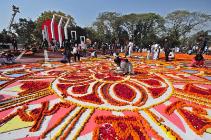
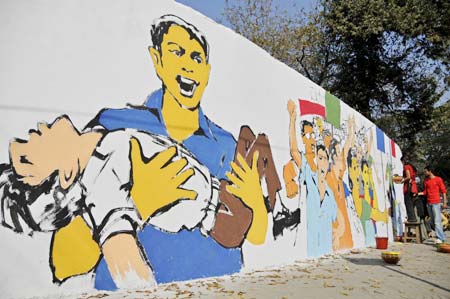
Translate This Page

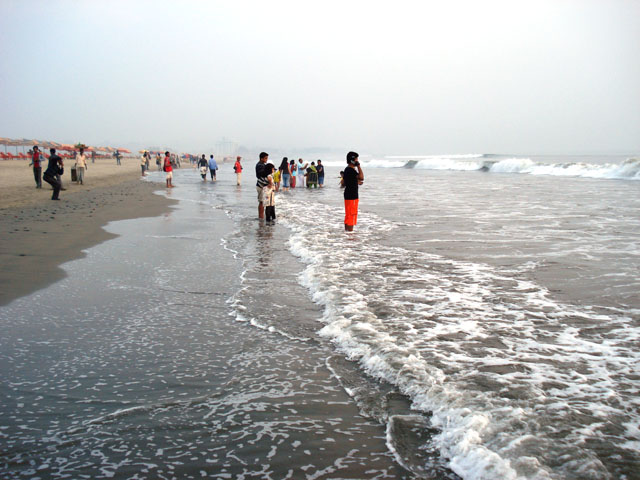 | Cox's Bazar (কক্সবাজার) is one of the most visited tourist destinations in Bangladesh and the world's longest natural sandy sea unbroken beach.
|
The
Sundarbans (সুন্দরবন) is the largest single block of tidal halophytic mangrove
forest in the world. | 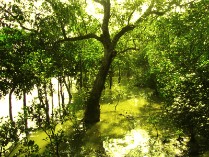 |
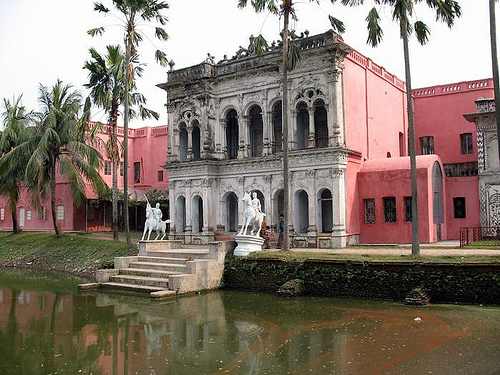 | Sonargaon (সোনারগাঁও) was the administrative center of medieval Muslim rulers in East Bengal. It became as the capital of Bengal during Isa Khan’s ruling. |
Mahasthangarh (মহাস্থানগড়) is the earliest urban archaeological site so far discovered in Bangladesh. | 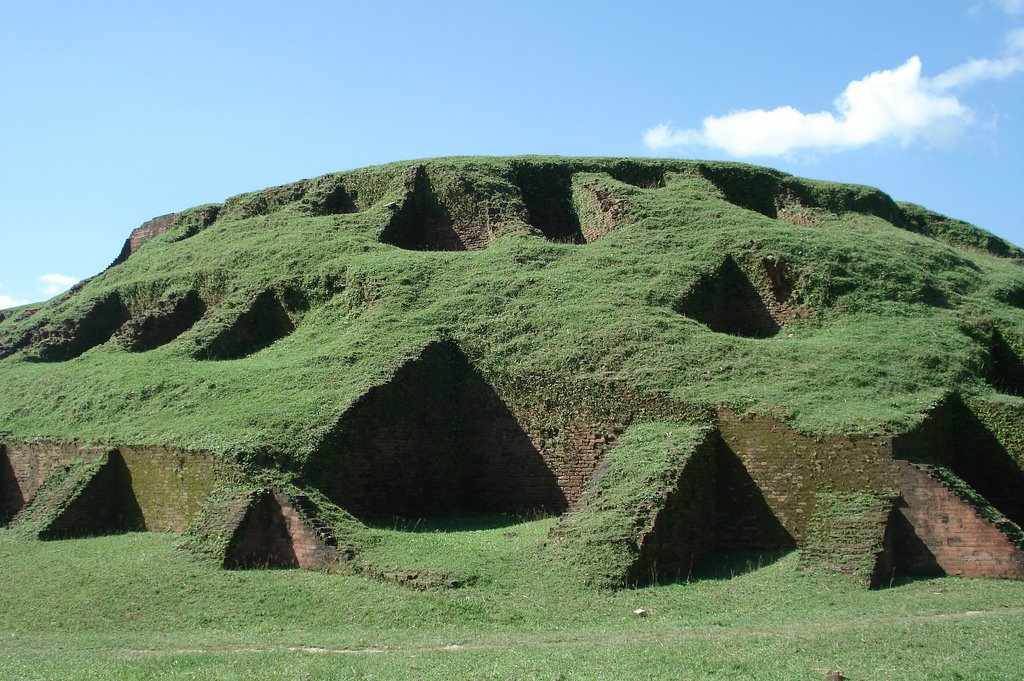 |
